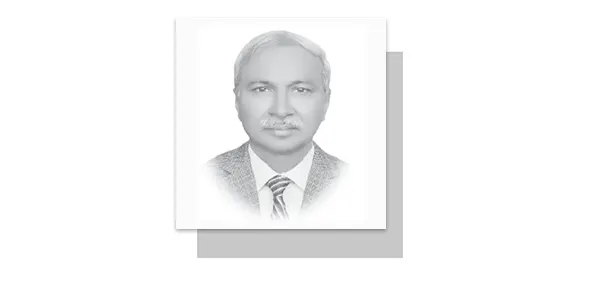In the past two decades, rapid geopolitical changes demand close attention to their impact on Pakistan. Europe and Asia were once a single region, only separated by the rugged and difficult terrain of the Caucasus. However, globalization, fuelled by technology, has erased this division. China is working on the Belt and Road Initiative (BRI), which consists of six major routes, five of them being land routes and one a maritime route.
Some of these have already been completed, while others are under construction. This initiative will open new travel routes across the lands of Europe and Asia. New trade routes are forming new political alliances. We must keep in mind the rapidly changing global landscape. The Belt and Road Initiative has transformed the dynamics of maritime routes and the economic development prospects of our country are linked to it. The benefits of this initiative include infrastructure and industrial development, improvement in agriculture and new opportunities in Pakistan for the world.
Our country is passing through an interesting phase. To take advantage of the recent political and economic shifts, we should implement necessary reforms. Since our connection with the rest of the world will be enhanced under the China-Pakistan Economic Corridor (CPEC), handicraft parks can be established along the Belt and Road routes being developed under CPEC to attract global importers. These handicraft parks should mainly focus on packaging and exporting, where foreign buyers can have products made in front of them and even oversee the packaging under CCTV surveillance. All processes, from ginning, spinning, weaving, dyeing and packaging, can be completed in these areas.
There should also be a facility for loading containers directly from the park. This will not only boost exports but also create job opportunities in the respective areas. Along with this, textile clusters should also be developed so that foreign buyers can see the products being made in real-time. An annual exhibition could be held in the handicraft park. Nowadays, most foreign buyers prefer seeking the products being made and packaged in front of them and providing such a facility will significantly increase our exports. Every step in the handicraft park, from packaging to loading, should be recorded on CCTV so that there is no possibility of any fraud with foreign buyers.
Additionally, various steps can be taken, such as incentives for export units and benefits for domestic trade development, which will help increase exports. For several years, our imports have been significantly higher than our exports, resulting in a large trade deficit. To reduce the trade deficit, apart from providing incentives and encouragement to farmers, industrialists and traders, we need to pay special attention to the factors hindering exporters from fulfilling external trade orders.
The quality of Pakistani exports should be thoroughly scrutinized and factory environments should be aligned with international standards. Efforts should be made to ease the supply of raw material for the export industry. Addressing the threats posed to the national economy by the ongoing trade deficit over the past few years is the real test of the capabilities of our economic managers. They must adopt a strategy that eliminates the imbalance between imports and exports, allows our exports to compete with other countries in terms of price and quality and reduces the rising costs of doing business to bring it in line with international competitive levels.
—The writer is contributing columnist, based in Faisalabad.










